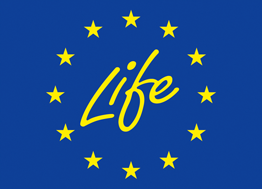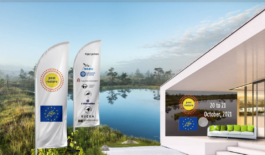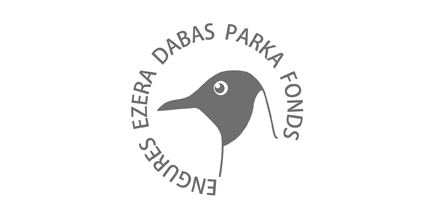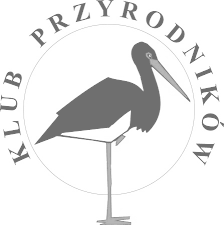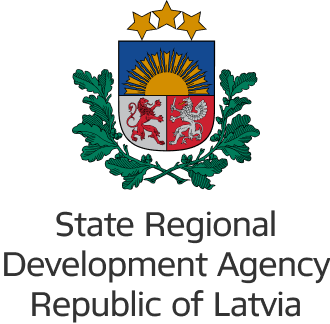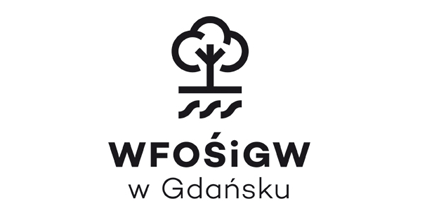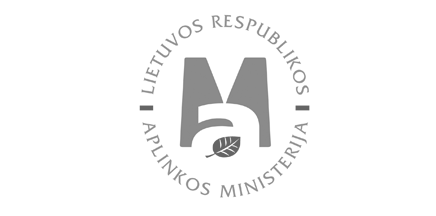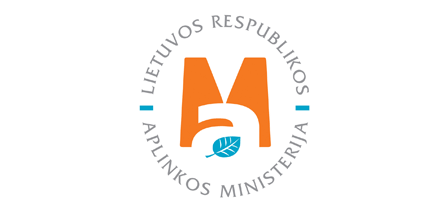Our Aims
Together with nine partners from Poland, Germany, Lithuania, Latvia, and Estonia, the LIFE Climate Mitigation project “Peat Restore” was established in 2016 to rewet 5 300 hectares of degraded peatlands, assess the climate effect of peatland restoration, and communicate to society, as well as decisionmakers, the essential role restoration of peatlands plays in the mitigation of climate change.
In 2022 LIFE Peat Restore came to a close, having rewetted more than 5,300 hectares of degraded peatlands (equivalent to approximately 7,420 football fields). Based on the project’s monitoring results, it is estimated that the restoration measures implemented achieved approximately 30% reduction of the Global Warming Potential from all sites, amounting to 14,500 tons CO2-eq per year, which is equivalent to the emissions of a medium-sized vehicle driving 154 times to the moon and back!
Find out more about LIFE Peat Restore’s achievements and why peatland restoration is needed here.
Making up the
climate balance
In addition to the restoration measures, one of the main objectives of LIFE Peat Restore was to monitor the GHG balances, compare direct GHG measurements with indirect approaches and document lessons learnt from the restoration of the project sites in all five countries. The project applied the Greenhouse Gas Emission Site Type (GEST) approach for the first time in the Baltic countries and assessed the validity of indirect approaches with direct flux measurements in a collaborative joint effort of all project partners. The results of this joint effort can be found in the Handbook for Assessment of Greenhouse Gas Emissions from Peatlands.
Sharing
knowledge
The results and experience from implementing the restoration measures are summarised in the Best Practice Book for Peatland Restoration and Climate Change Mitigation. The Best Practice Book is especially useful for experts and decisionmakers, as it provides different scenarios for peatland restoration and demonstrates the process, as different peatland types and variable disturbance levels require specific decisions and techniques in restoration that may vary from site to site.
Involving
people
To promote awareness and dialogue between peatland stakeholders and policymakers, LIFE Peat restore organised workshops and events, produced and disseminated informational material, including two short films: The true power of peatlands and Make peatlands wet again, and created a photo exhibition (online version here).
Storing greenhouse gases
Rewetting peatlands is necessary to stop the drainage of water from this carbon rich habitat, and subsequently, stop the release of carbon dioxide into the atmosphere. Peatlands must remain wet to be healthy, continue to absorb carbon from the atmosphere and avoid the release of all the carbon accumulated over thousands of years. In addition to fixing and storing carbon dioxide long term, healthy peatlands perform a variety of other vital ecosystem services, like filtering water, flood protection and fire prevention. This is why the conservation and restoration of peatlands is an essential, cost-effective, nature-based solution that cannot be excluded from national and EU policies for climate change mitigation and adaptation.

